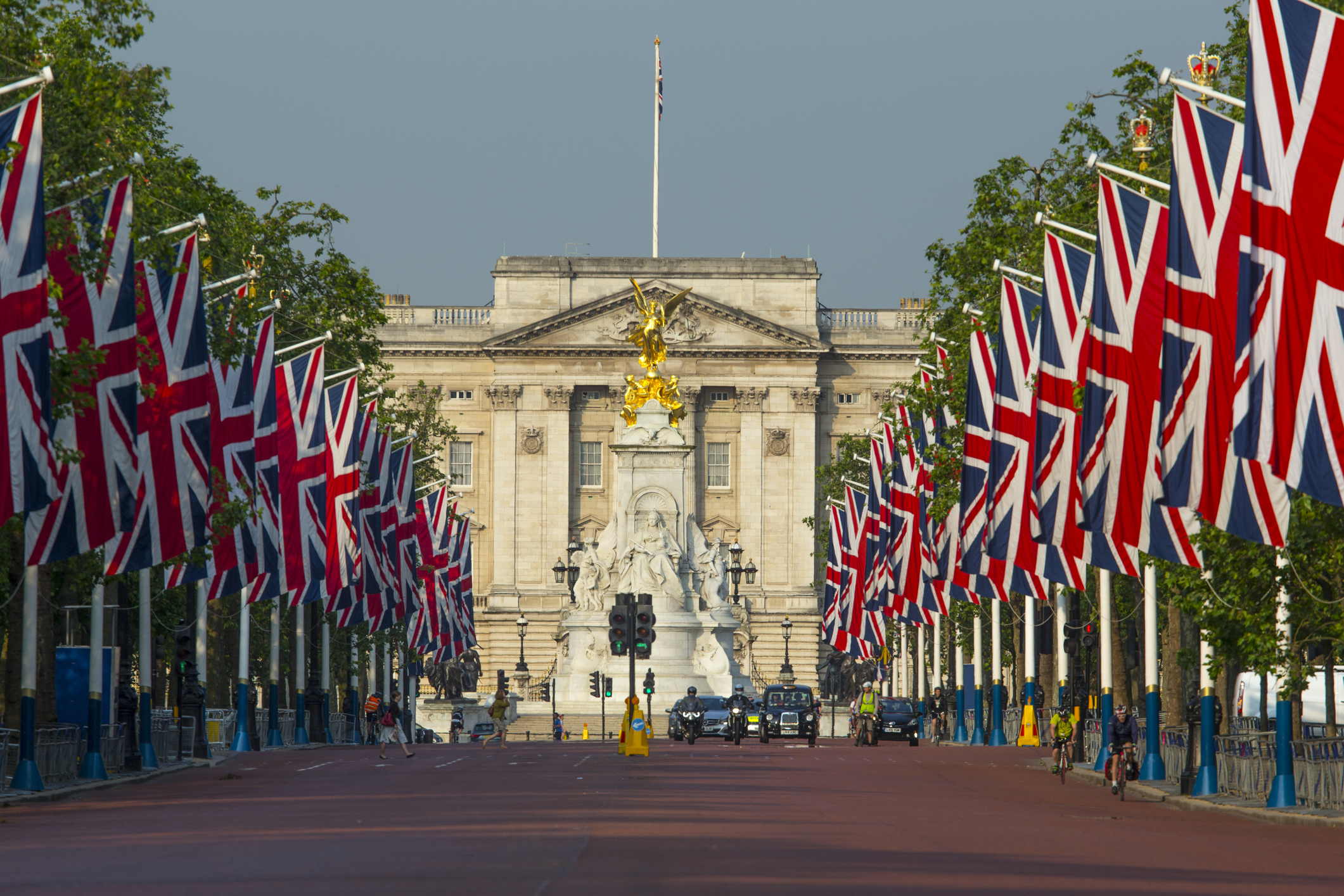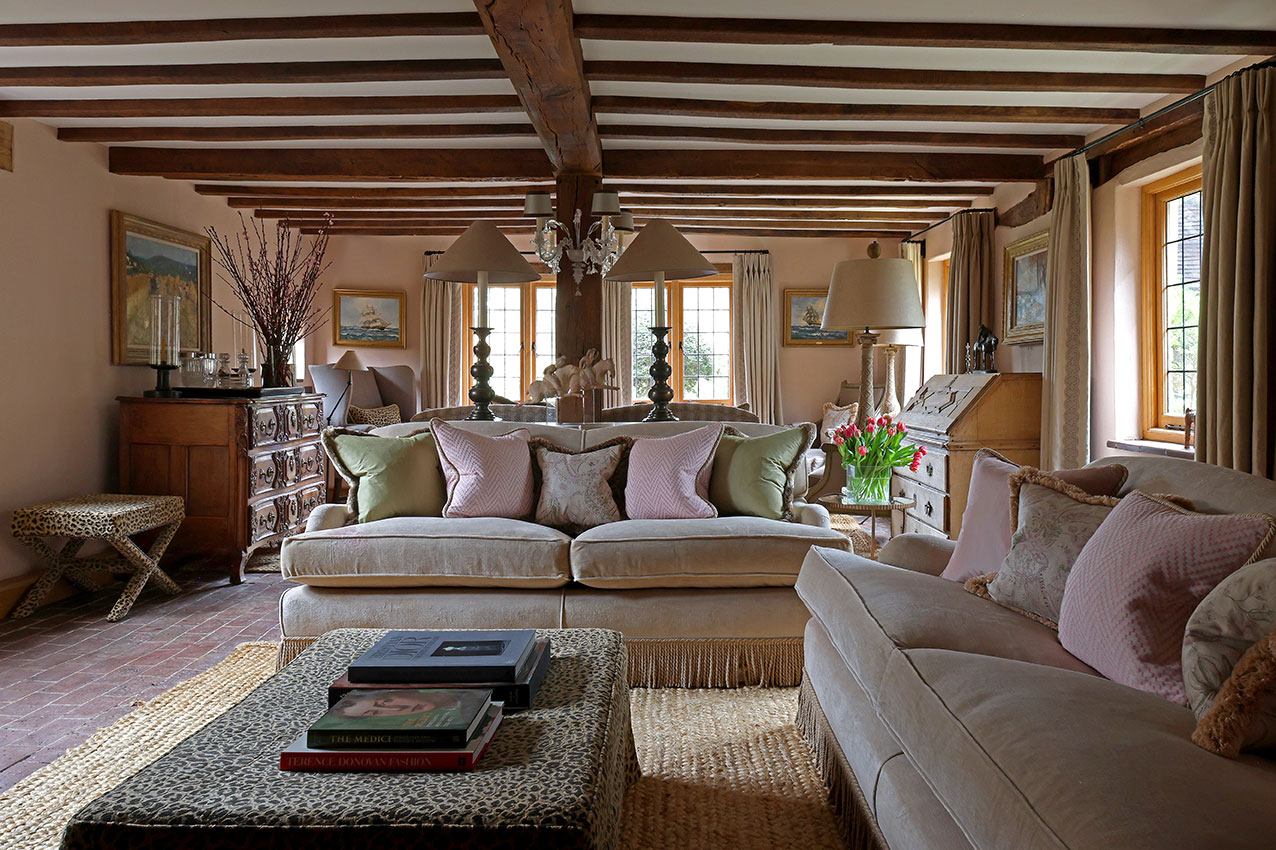Owls, elephants and monkeys are no longer just for the nursery
Furry and feathery creatures are here to stay.
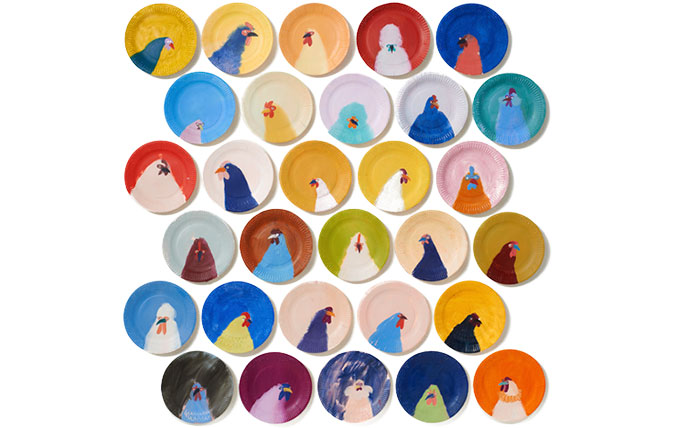

The menagerie of animal-themed decorations on these pages over the festive season was no passing festive fad. Furry and feathery creatures are here to stay, on everything from fabrics and wallpaper to ceramics and cushions. For centuries, a taste for animal forms has ebbed and flowed in interior design, most recently in the 1960s, when Casa Pupo on London’s Pimlico Road (now Linley) fed an appetite for life-size ceramic Afghan hounds. Along with flokati rugs and beaded curtains, they were an essential interiors accessory for those free spirits not wedded to a life of Laura Ashley and Habitat chicken bricks.
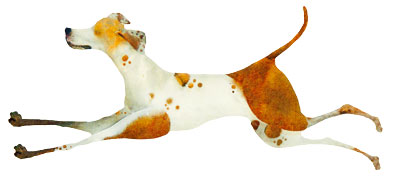
The new generation of animal-inspired designs is different — they have a charm and a naïvety more akin to illustrations in children’s picture books than the decoration of a fancy Spanish hacienda.
Examples are everywhere: Beatrix Potter-esque rabbits on textiles at Thornback and Peel, lap dogs on the ceramics of Fenella Smith and scampering hounds and foxes in the work of Country Life’s in-house illustrator Emma McCall.
An animal-inspired artist who is leading the pack (Herd? Pride? Flock?) is Holly Frean, whose simple but highly expressive animal paintings and ceramics have gained her attention around the world, including from the American fashion and interiors giant Anthropologie and Kit Kemp, the creative force behind hotels such as the Ham Yard in London and the Whitby that opens in New York next month.
Most recently, Miss Frean has been commissioned to create a collection of fabrics and wallpapers for Andrew Martin that is populated with lions, tigers, giraffes and elephants. One of the (many) remarkable aspects of her work is that it’s aimed at adult drawing rooms rather than nurseries.
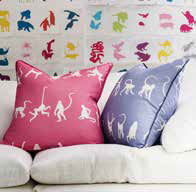
Is there a fashion element to all this? The fact that there is currently a parallel in fashion—namely, Gucci sweaters, Valentino bomber jackets and Marc Jacobs shoes emblazoned with everything from tigers to monkeys—would suggest so.
No doubt, as I write, there’s a breakout area in a trend-forecasting consultancy full of people cooking up catchy new terminology to capture the new mood (‘neo naïve’, ‘menagerie chic’, ‘zoology zeitgeist’) and theories about the fact that it’s a subliminal reaction or response to something or other (the technological revolution, global warming, Brexit).
Sign up for the Country Life Newsletter
Exquisite houses, the beauty of Nature, and how to get the most from your life, straight to your inbox.
However, in the meantime, the rest of us can enjoy these designs for what they are: utterly beguiling.
Giles Kime
- - - -
-
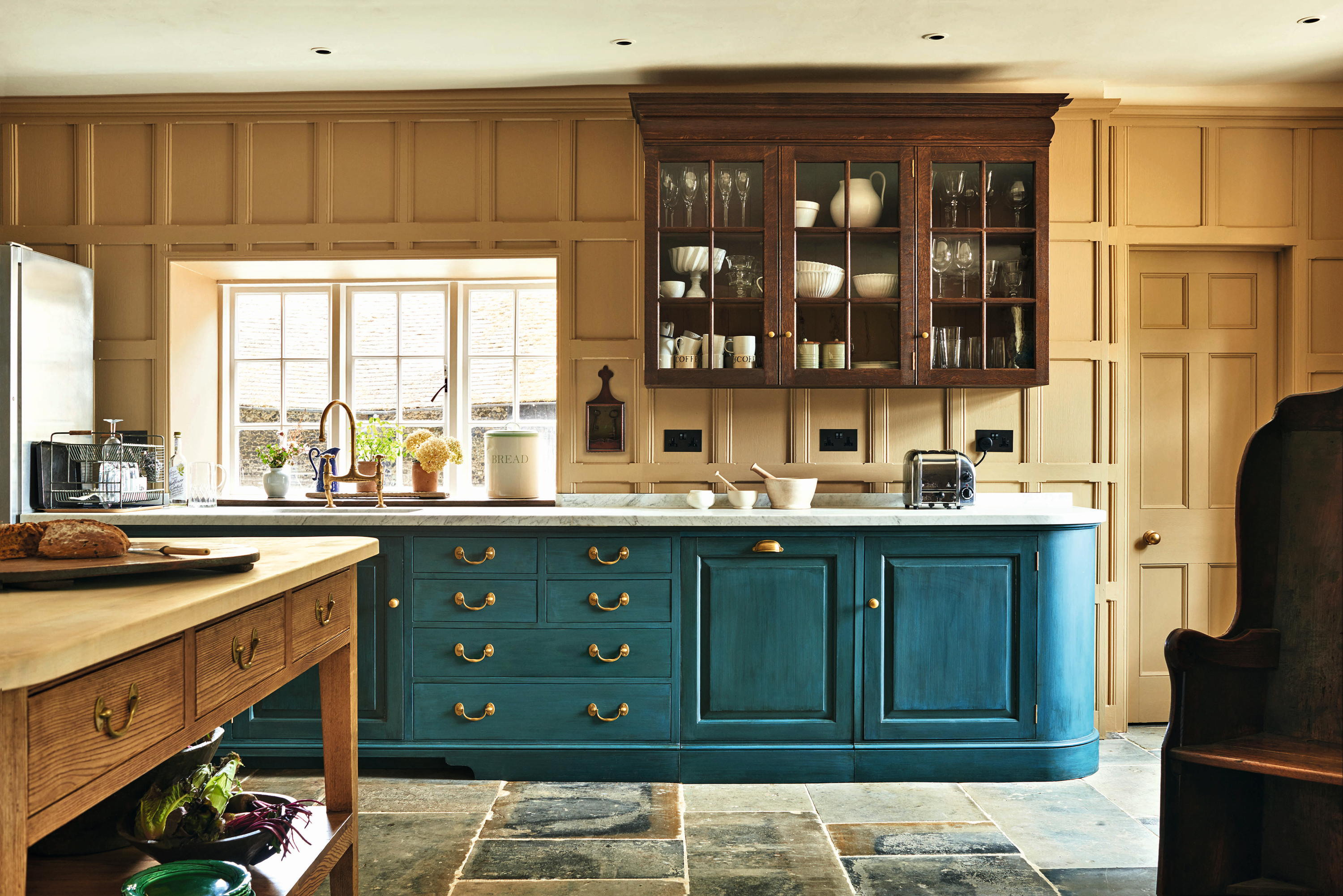 The best interior designers in Britain
The best interior designers in BritainThe classic English Country House style is as relevant today as it's ever been — with the best in the business mastering the art of blending a timeless look with the needs of modern life. Here's our pick of the best interior designers in Britain.
By Country Life
-
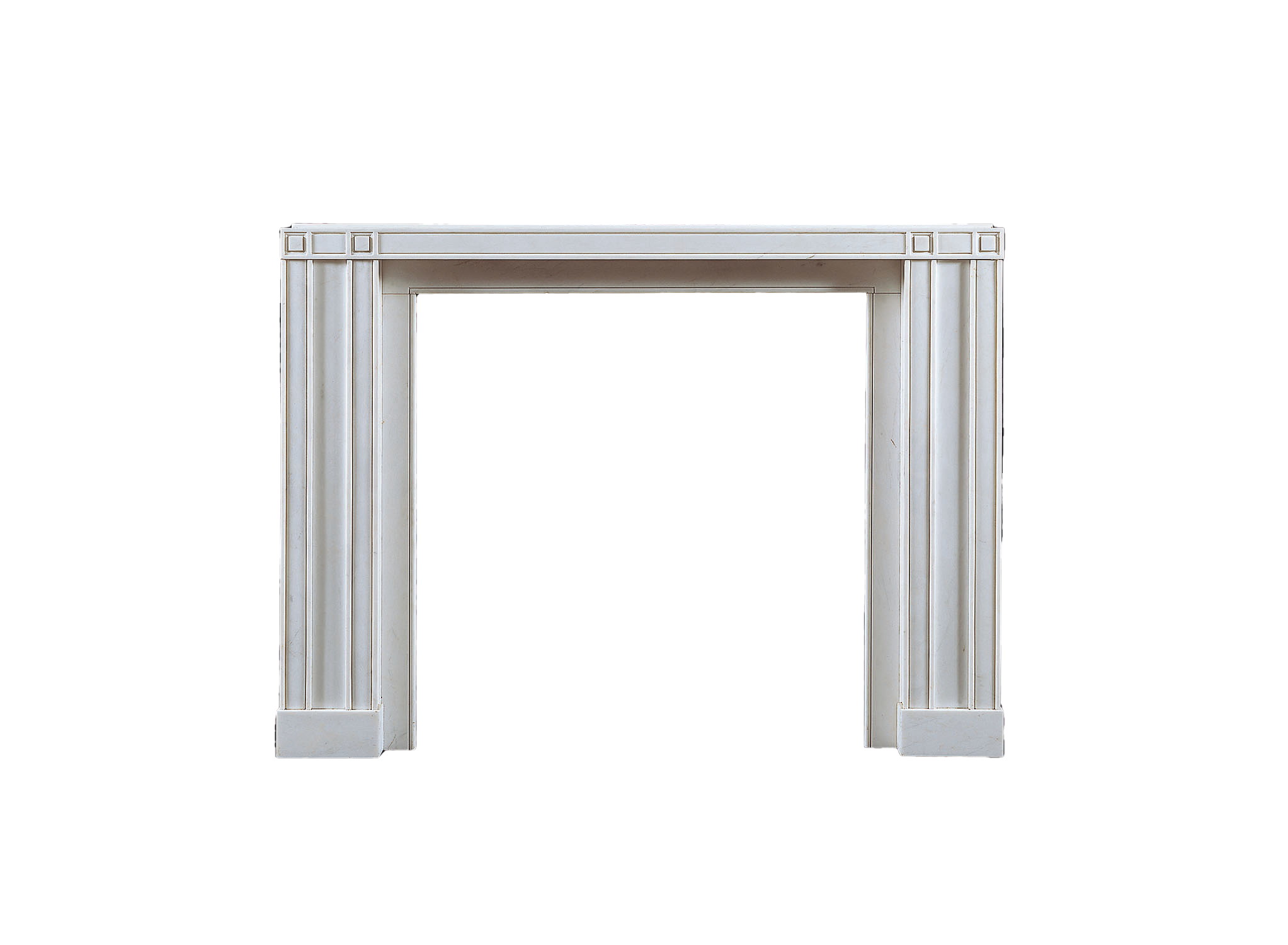 The chimneypiece by Sir John Soane that still inspires designers to this day
The chimneypiece by Sir John Soane that still inspires designers to this dayThe reductivist simplicity of a chimney piece designed 200 years ago by Sir John Soane explains the architect’s reputation as a founding father of Modernism.
By Matthew Dennison
-
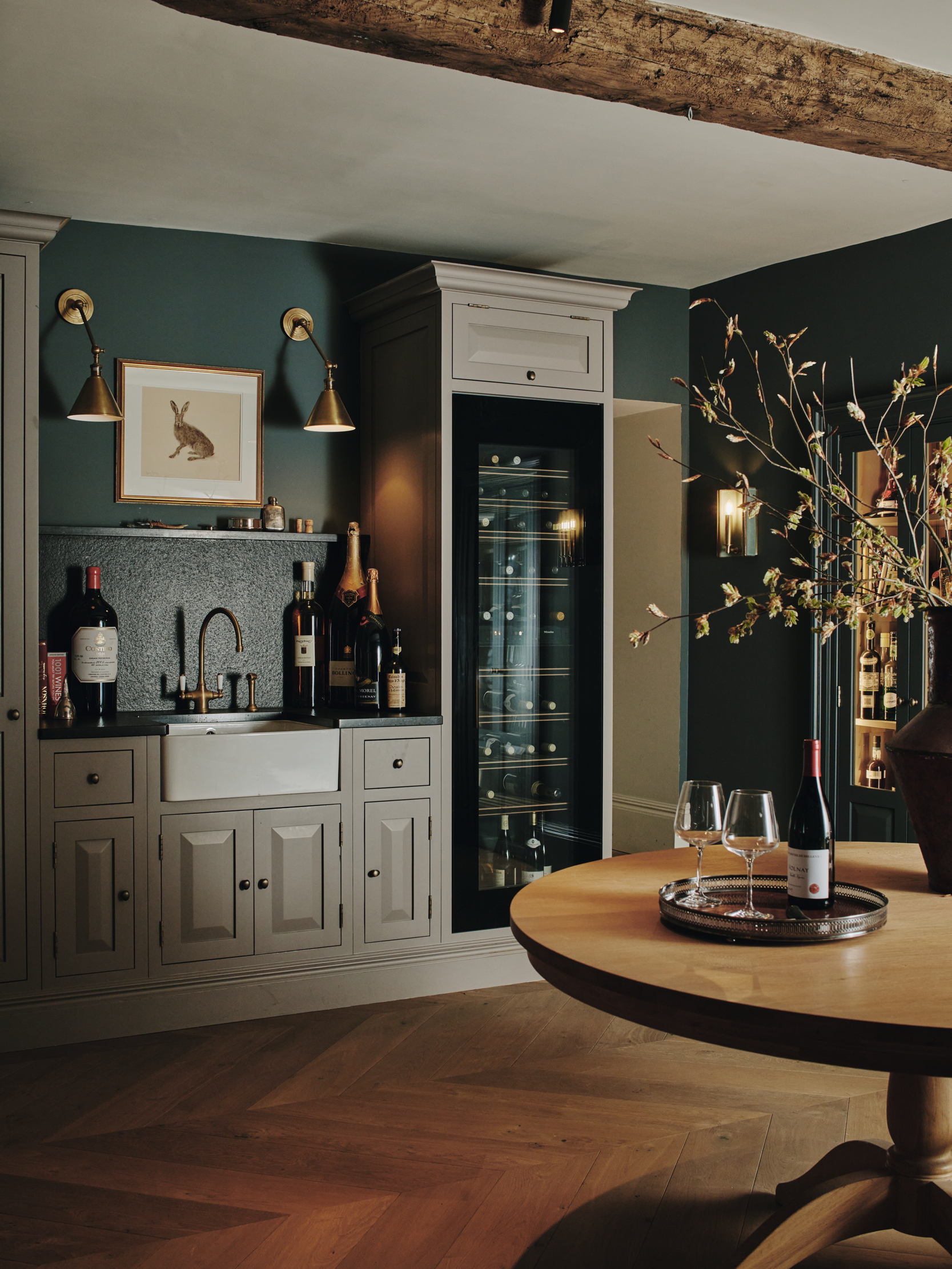 Room with a cru — how an 'enduring legacy of lockdown' is the latest must have in interior design
Room with a cru — how an 'enduring legacy of lockdown' is the latest must have in interior designLong gone are the dusty cellars of the past. Now is the time to make the place you store your wine as pleasurable as drinking it.
By Amelia Thorpe
-
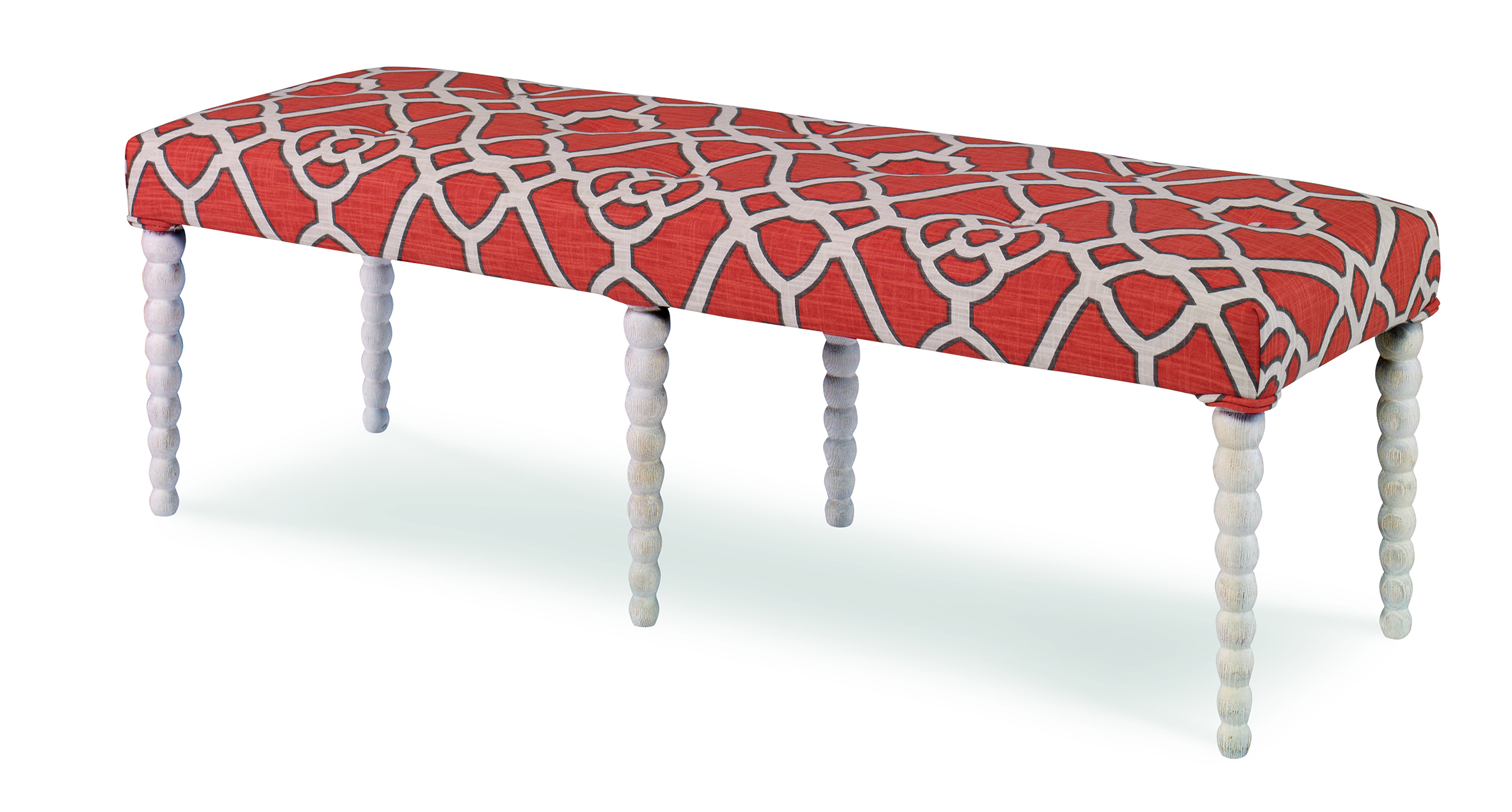 Four ways to give your bedroom the luxury hotel treatment
Four ways to give your bedroom the luxury hotel treatmentGiles Kime explains how hotels can teach us to be ahead of inspirational design trends and how we can make our bedrooms design masterpieces.
By Giles Kime
-
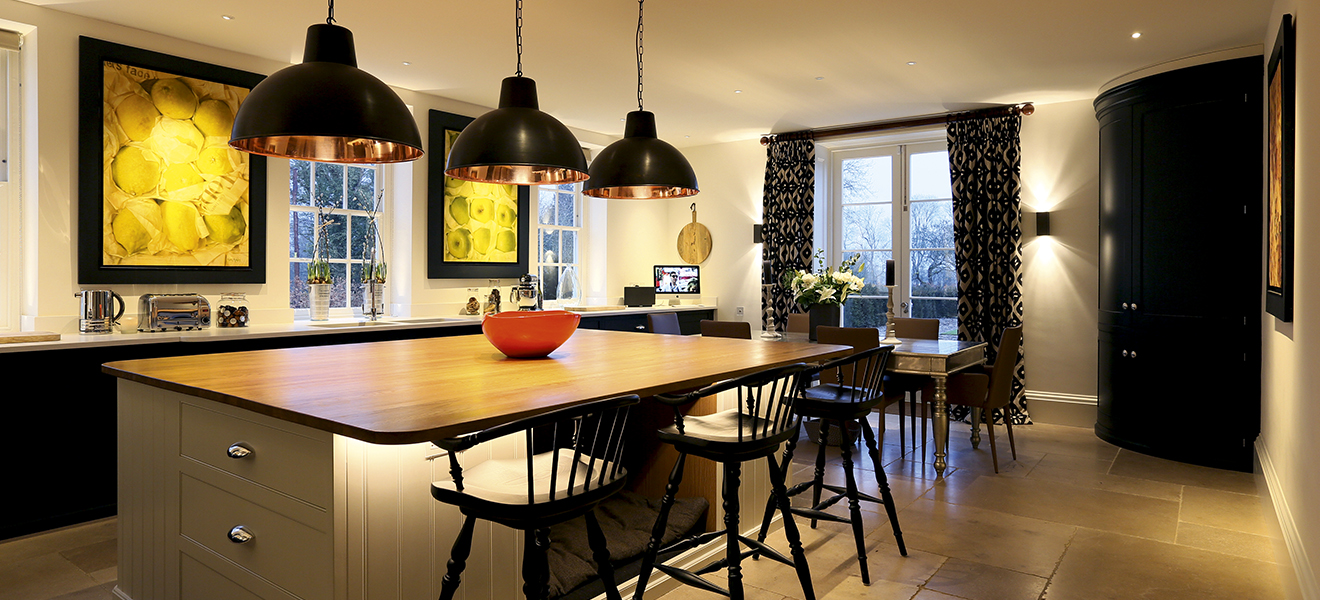 Bright ideas: How to light your kitchen
Bright ideas: How to light your kitchenThe secret to successful kitchen lighting is creating a variety of moods at different times of day, says Sally Storey.
By Country Life
-
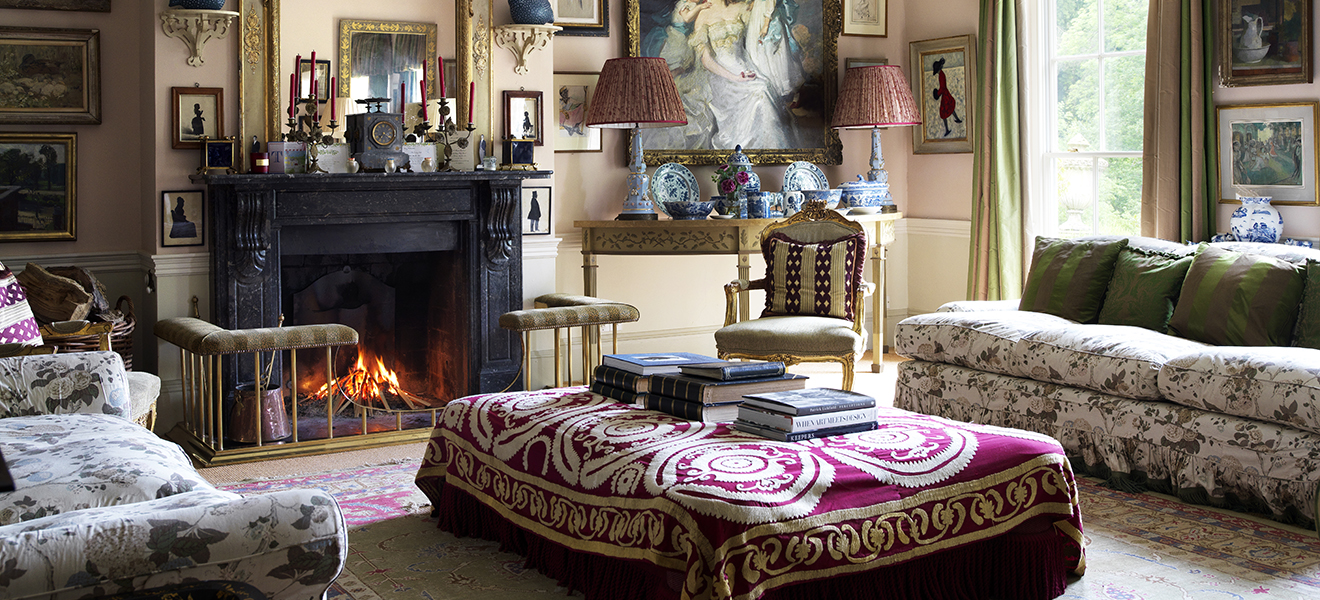 Top 10 design dilemmas – solved
Top 10 design dilemmas – solvedAn interior design project presents a maze of head-scratching conundrums, from choices between plain and patterned fabrics to whether you really need a club fender.
By Arabella Youens
-
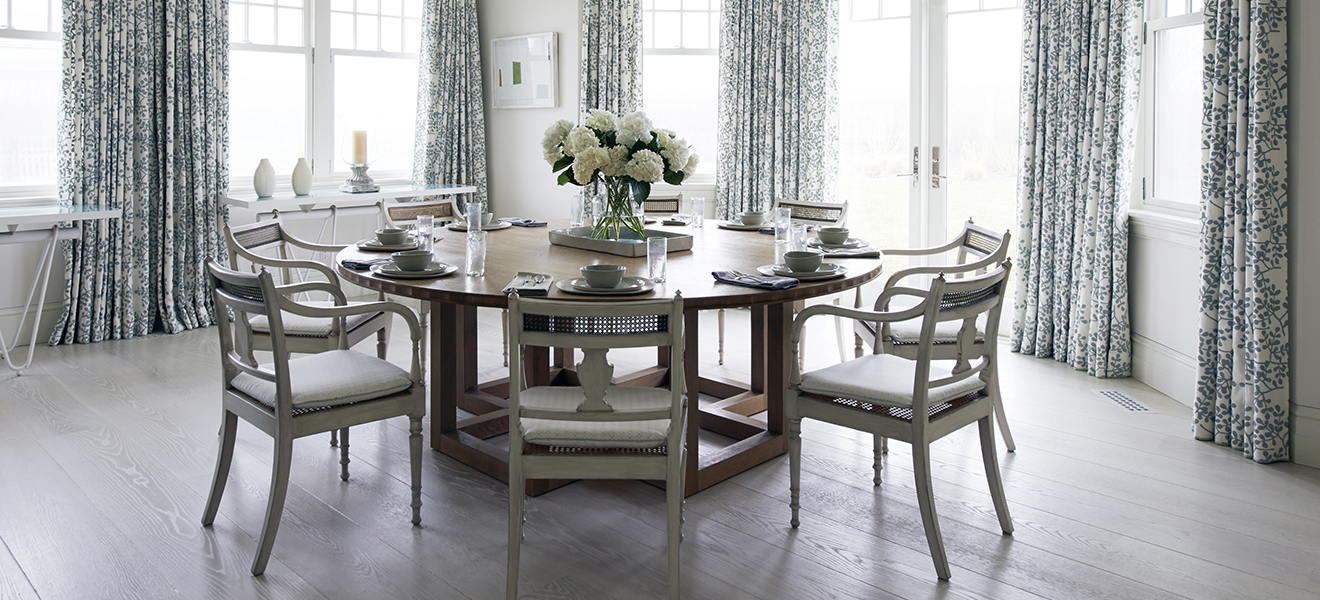 Get the look: The dining room inspired by Long Island
Get the look: The dining room inspired by Long IslandThe soft colours of the scheme Philippa Thorp created for this dining room reflects its Long Island setting.
By Arabella Youens
-
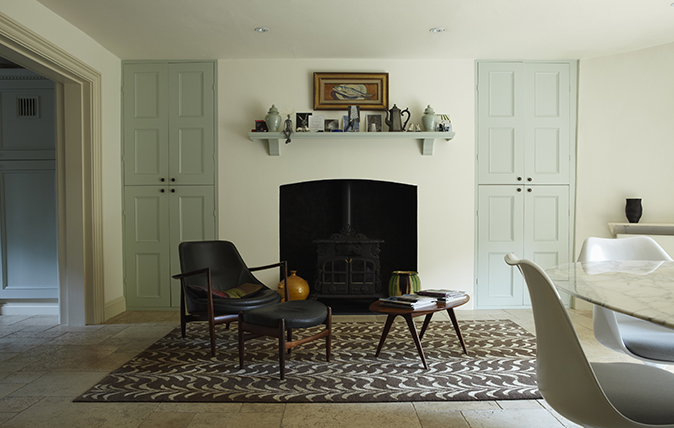 Beyond 50 shades of grey: Subtle colours for your home
Beyond 50 shades of grey: Subtle colours for your homeAmelia Thorpe goes in search of new hues.
By Country Life
